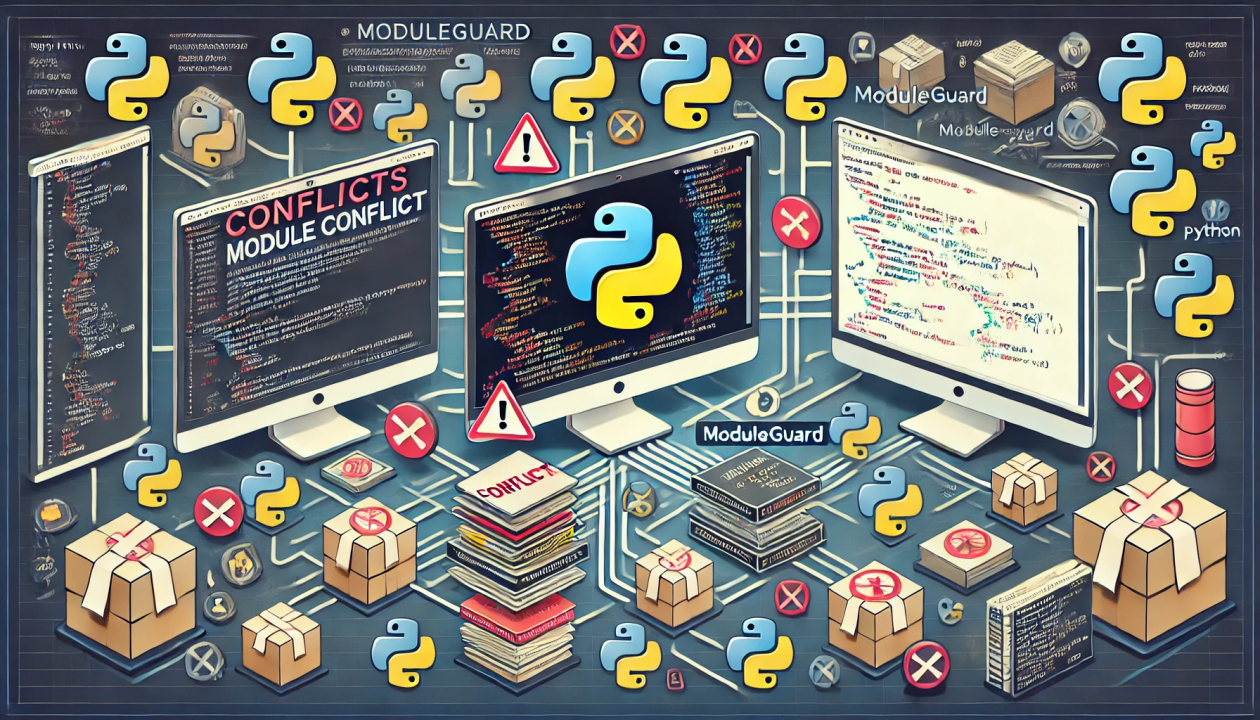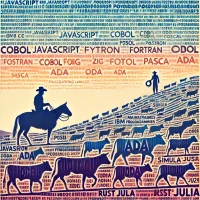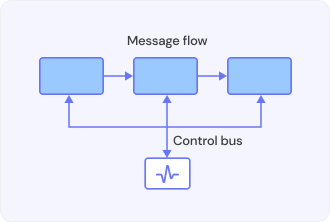Managing import conflicts in Python is crucial for maintaining clean and efficient code. This article explores various techniques to handle import issues, from simple name conflicts to complex circular imports, covering Python versions 3.7 to 3.13. Learn how to use aliases, virtual environments, sys.path modifications, dynamic imports, and more to resolve common problems and ensure your Python projects run smoothly across different environments.
Continue Reading “Handling Import Conflicts in Python (Versions 3.7 to 3.13)”




Recent Comments